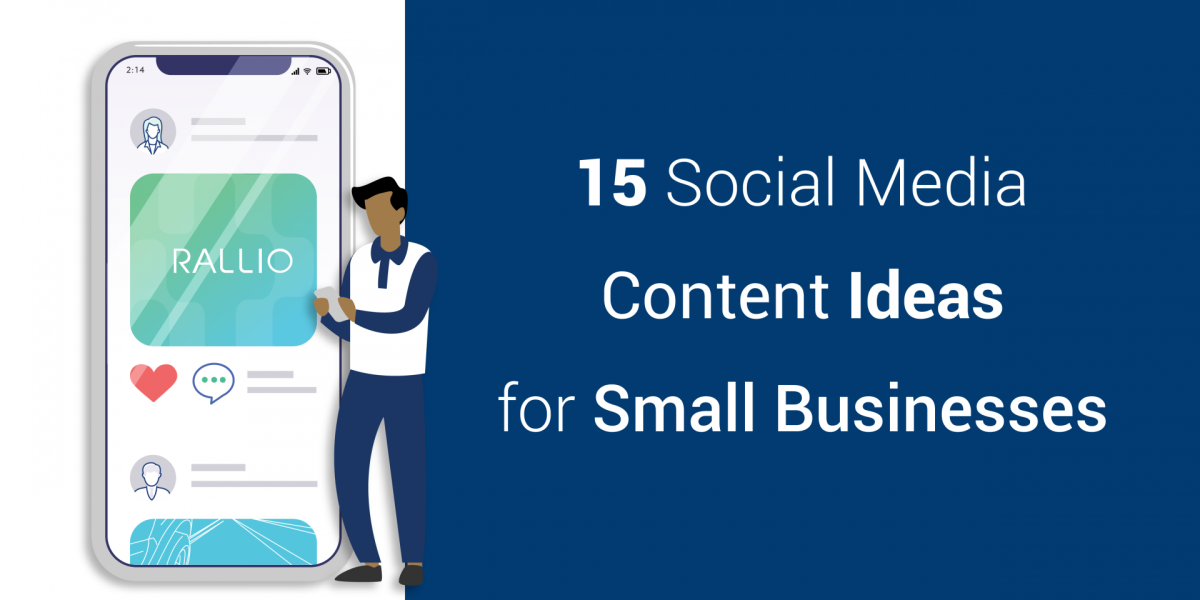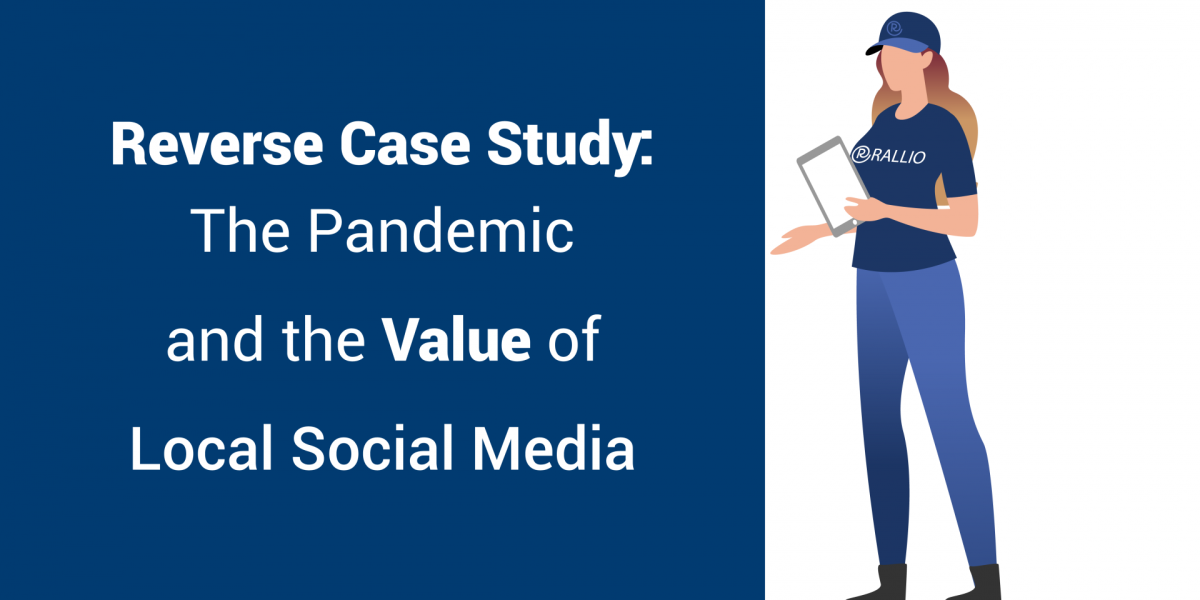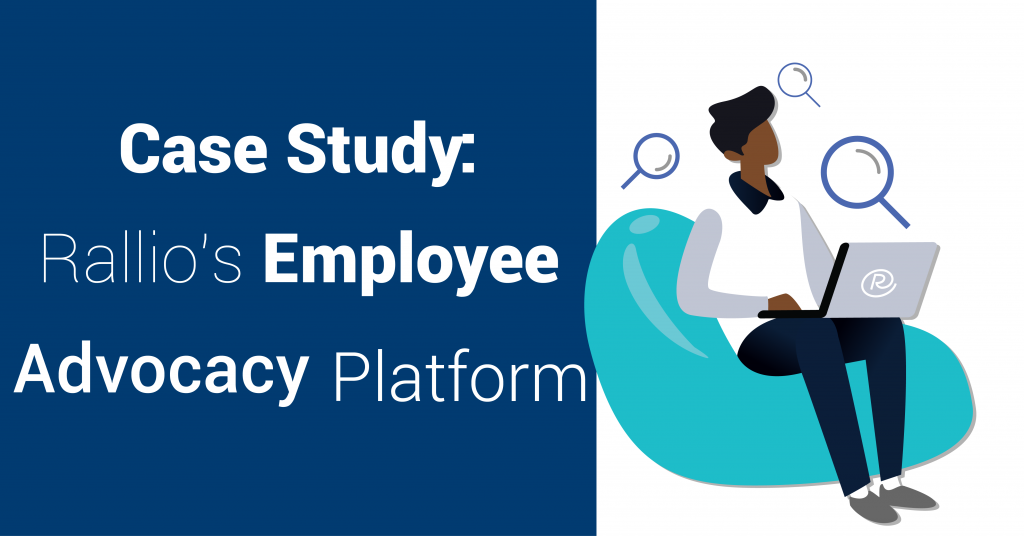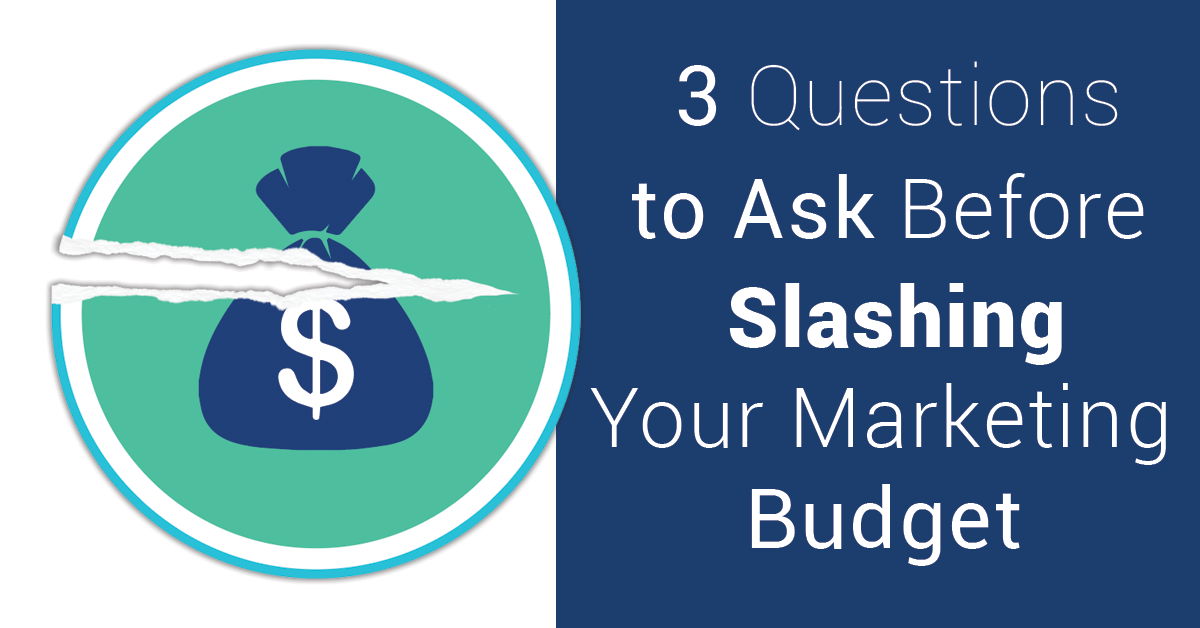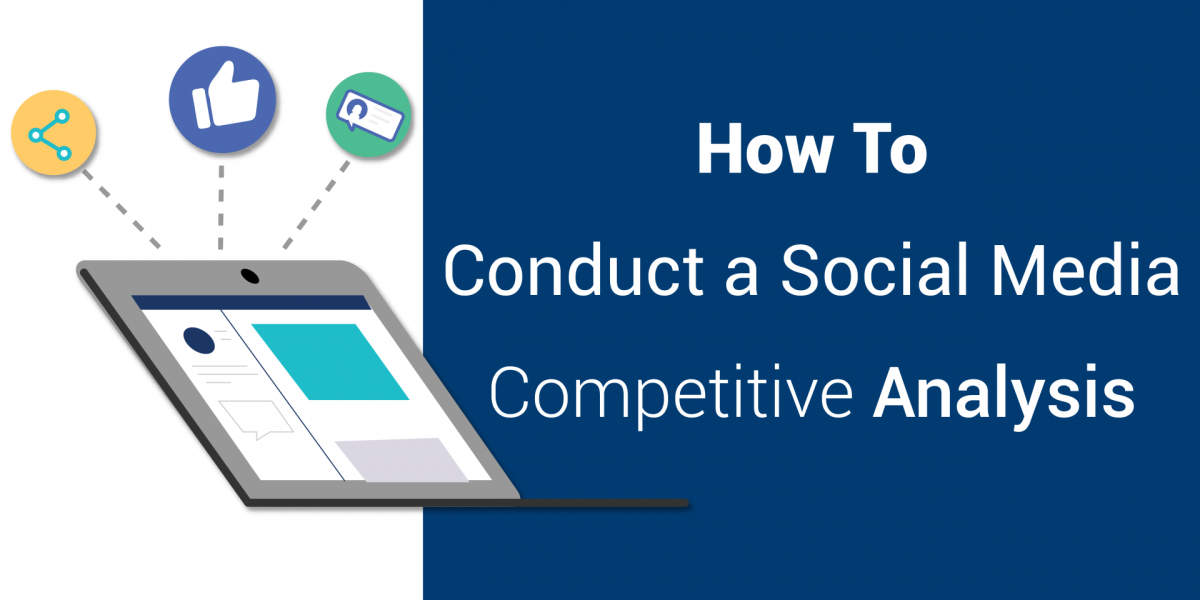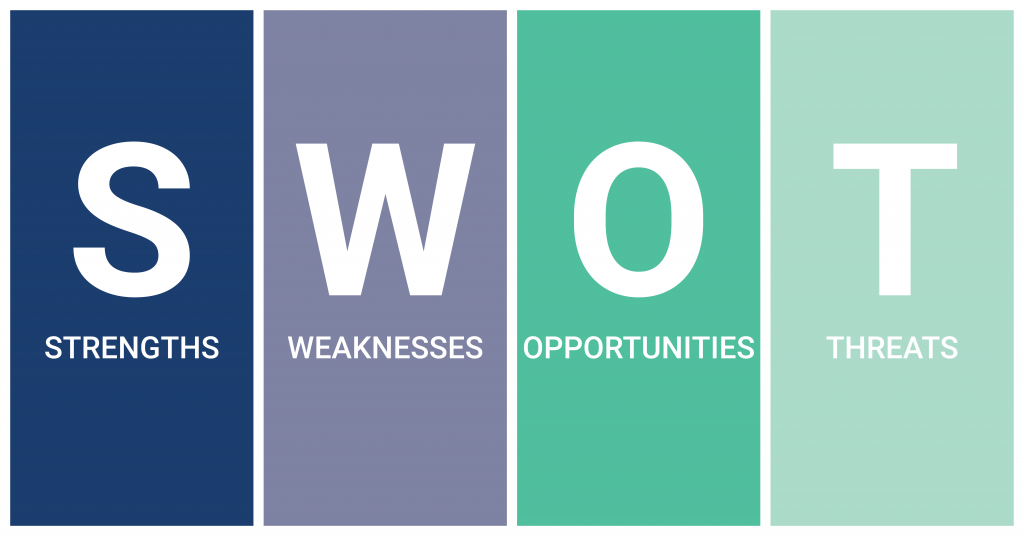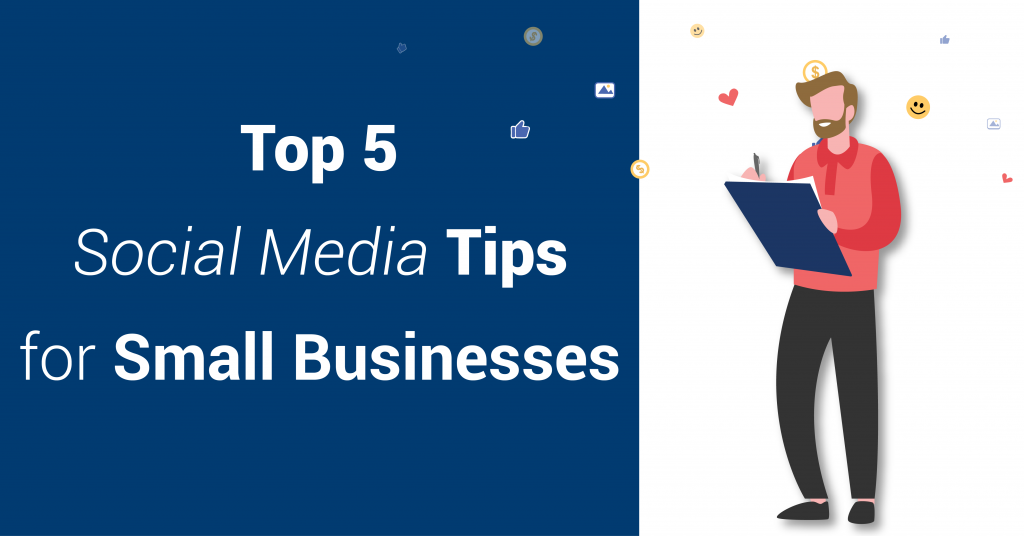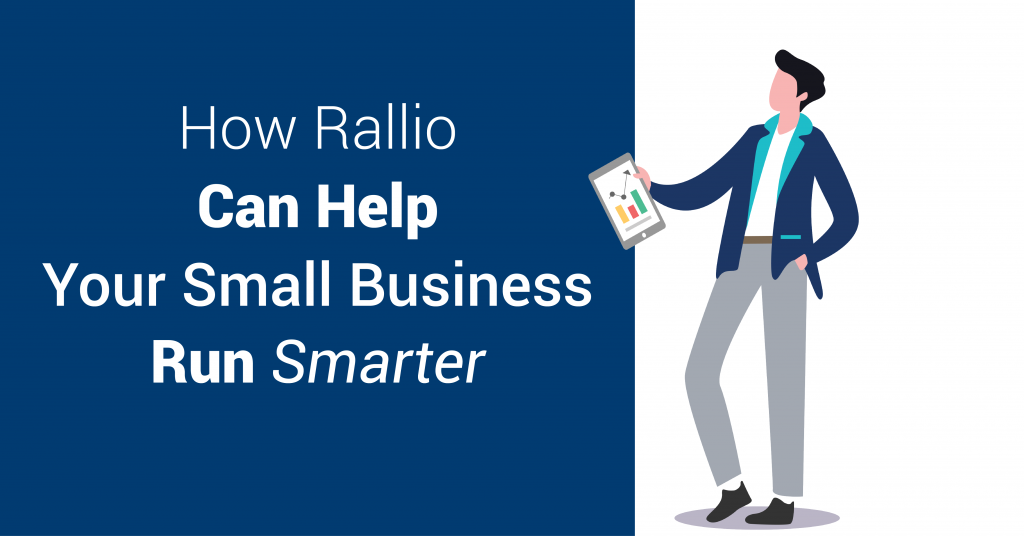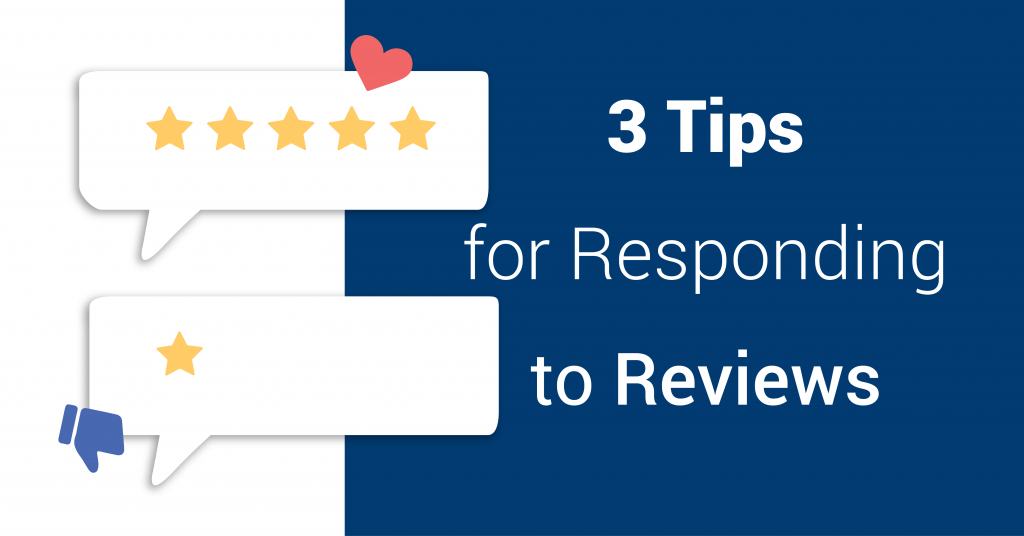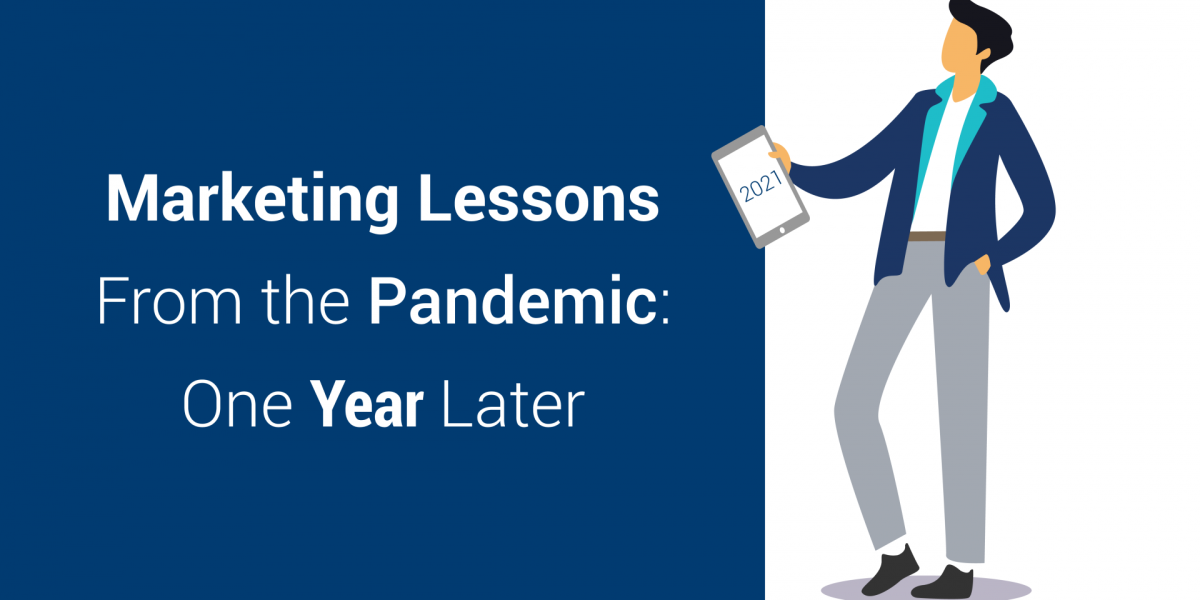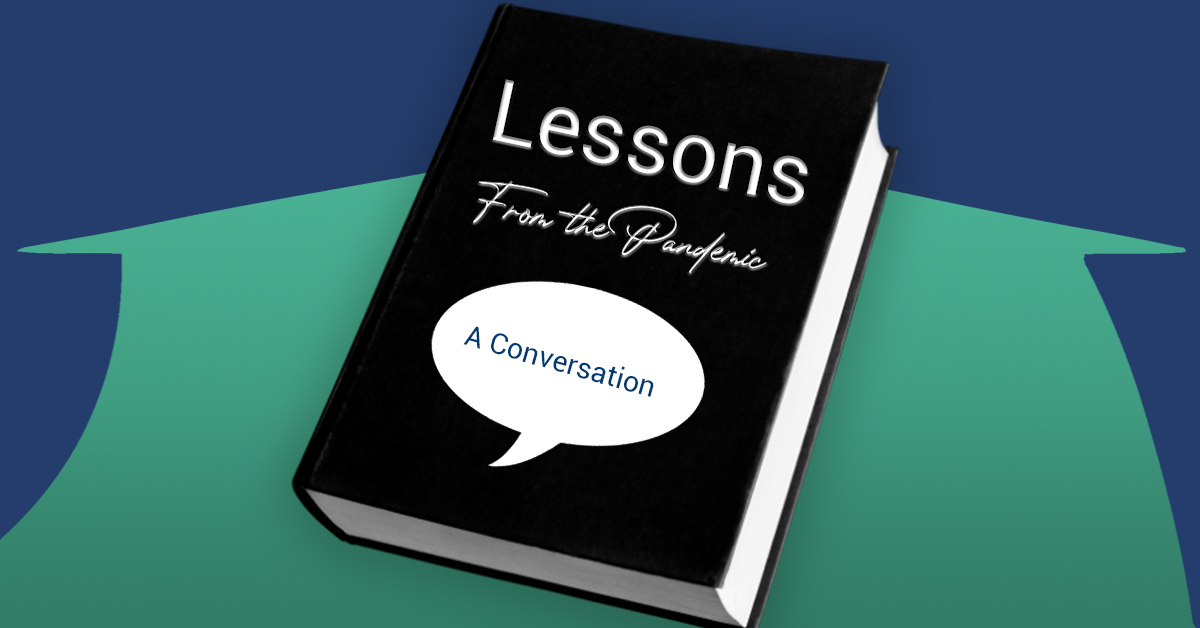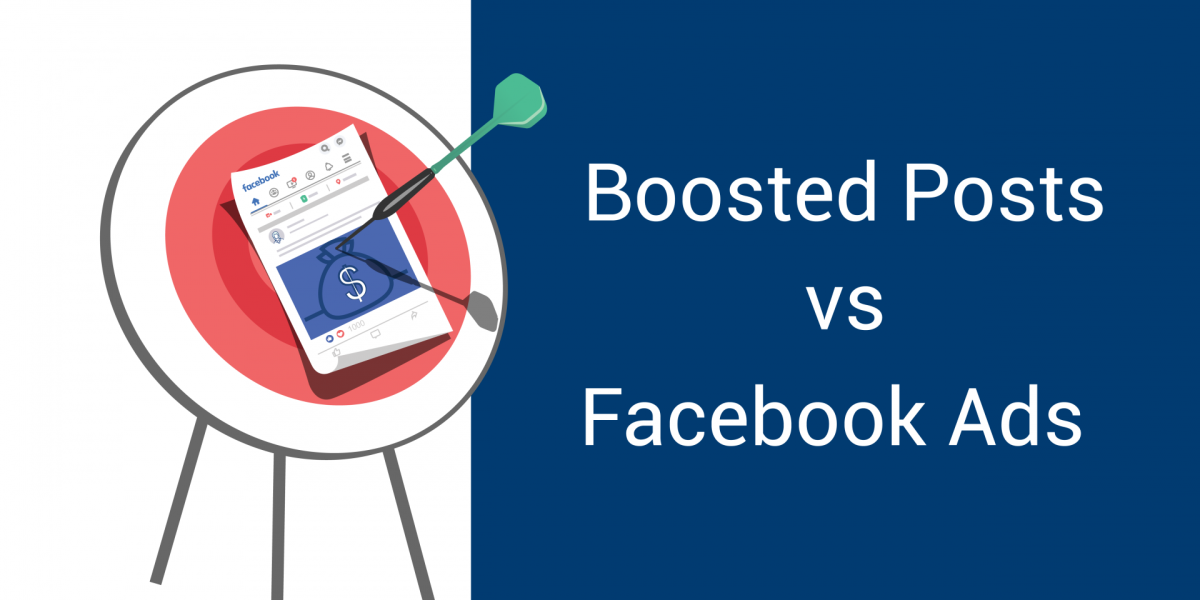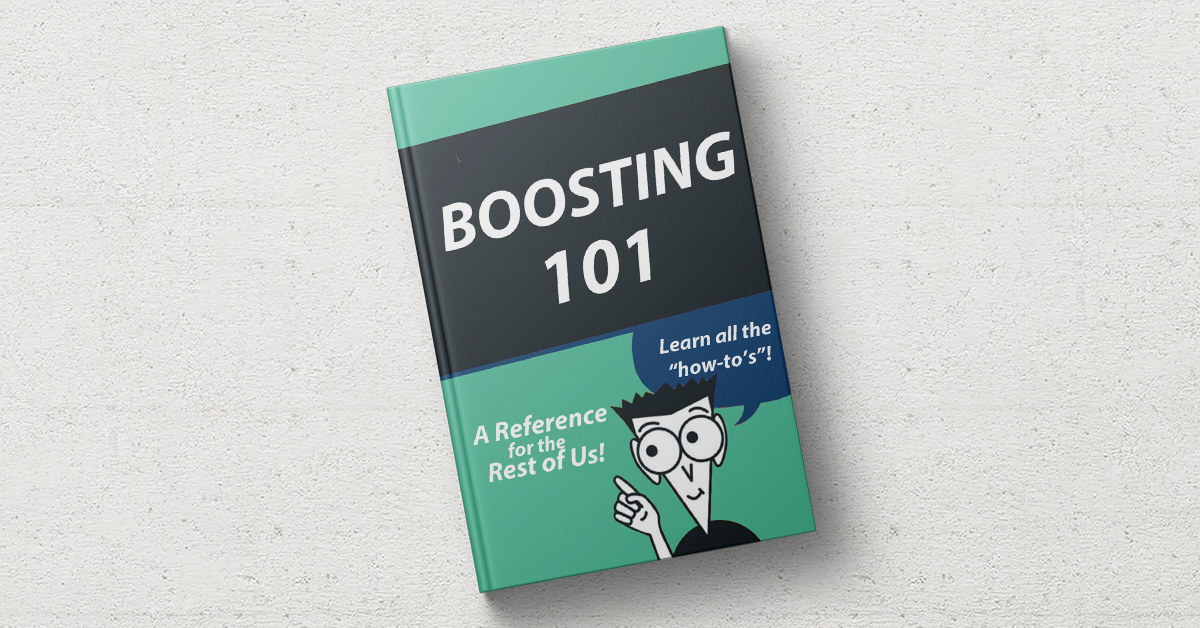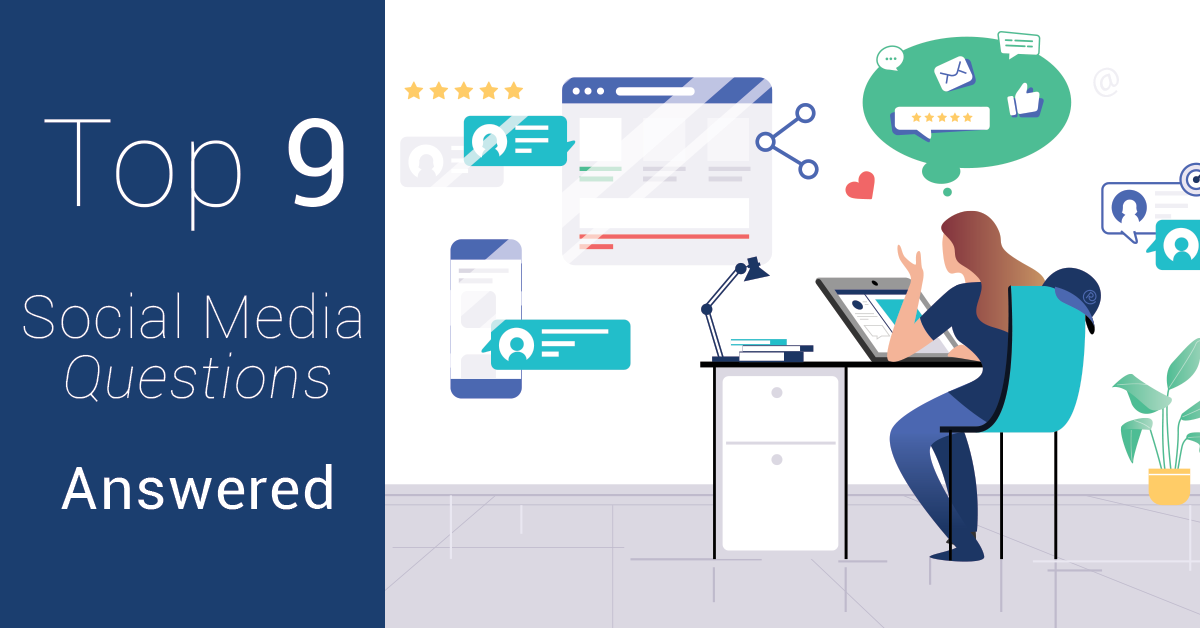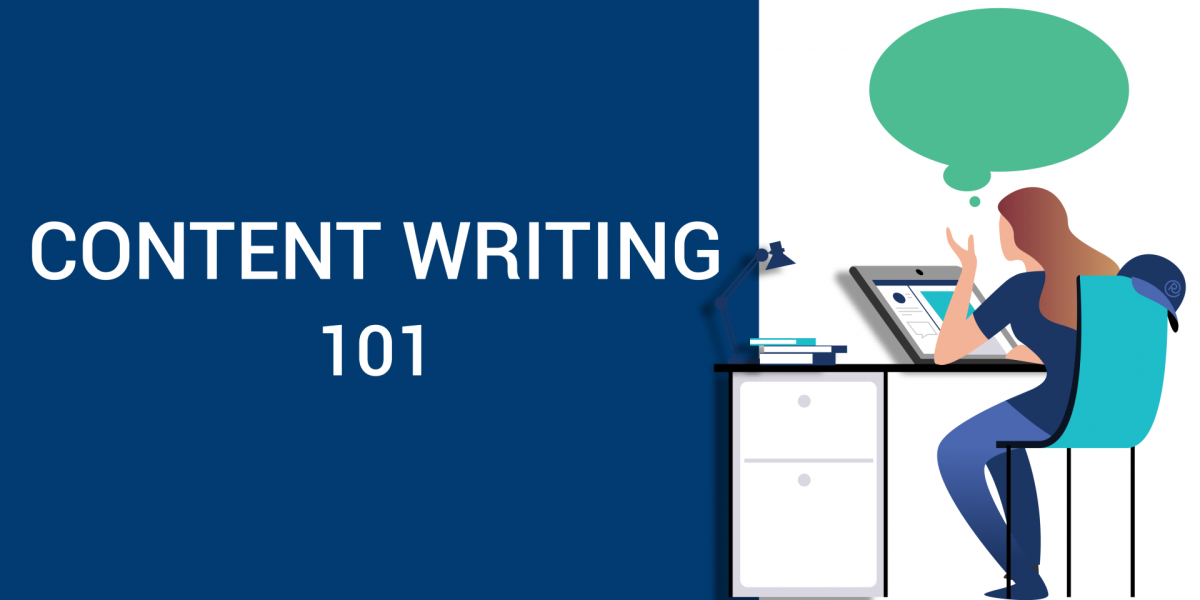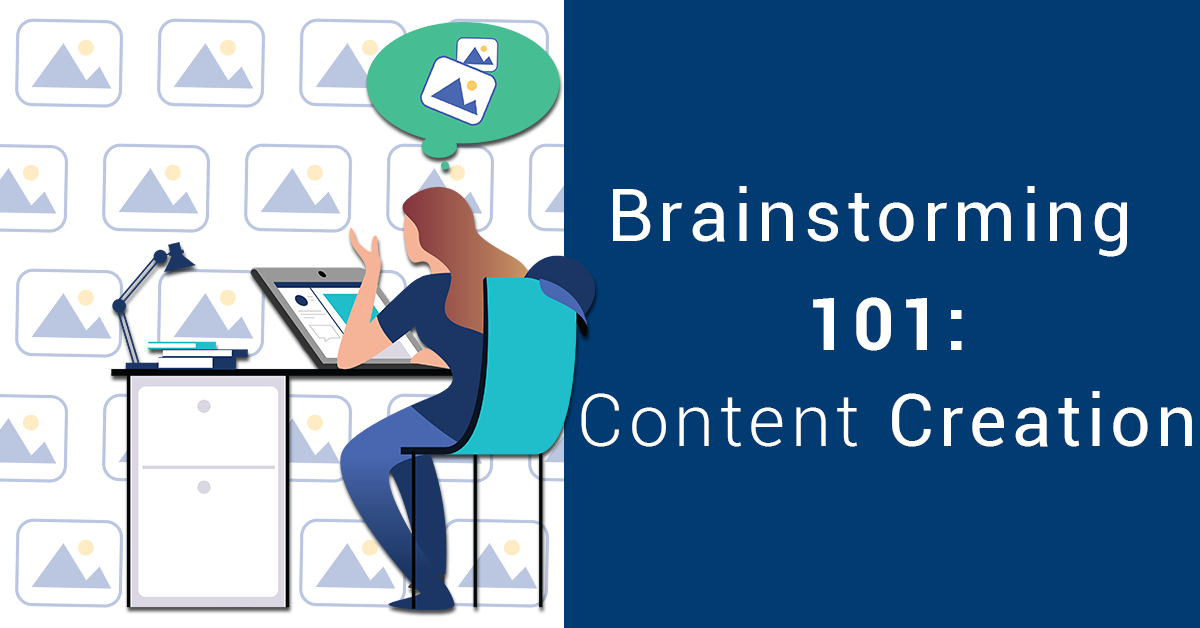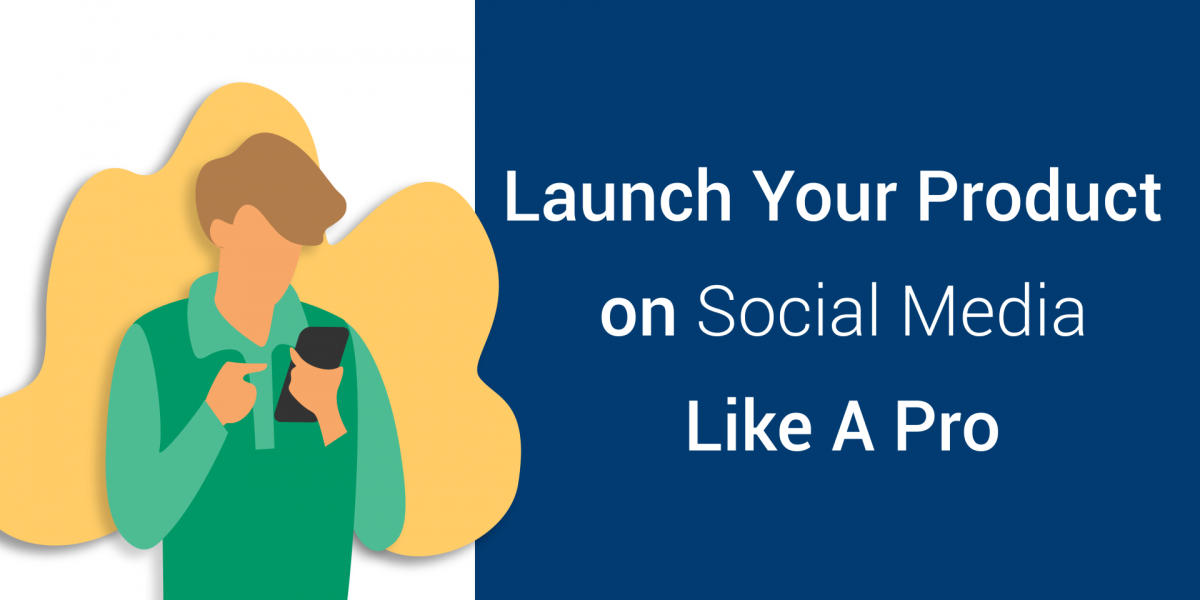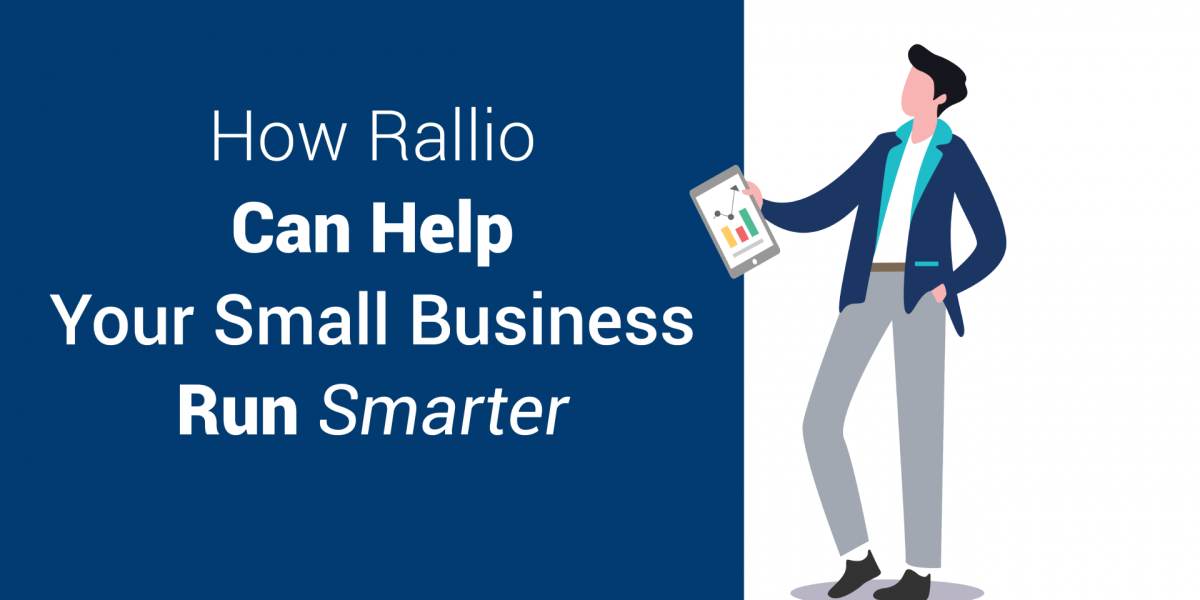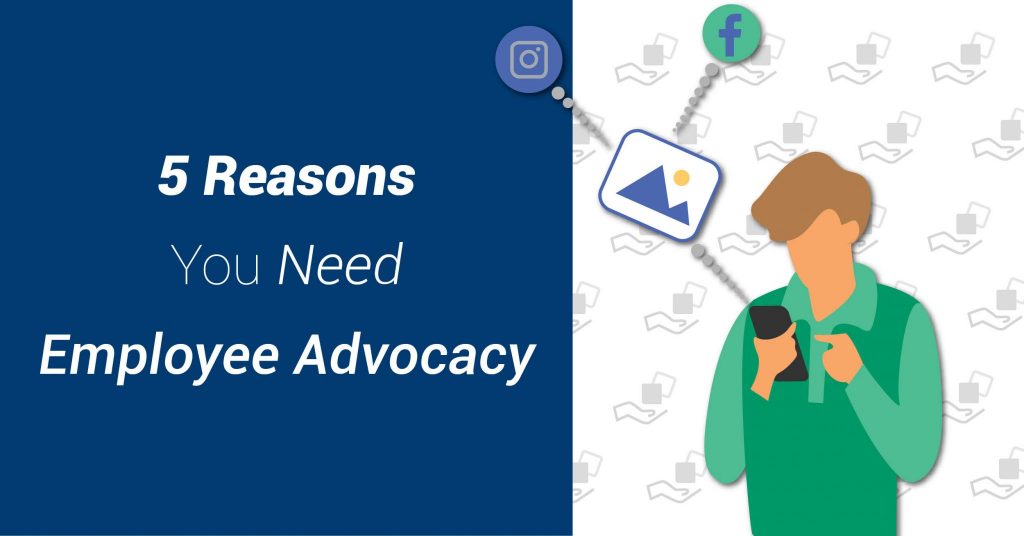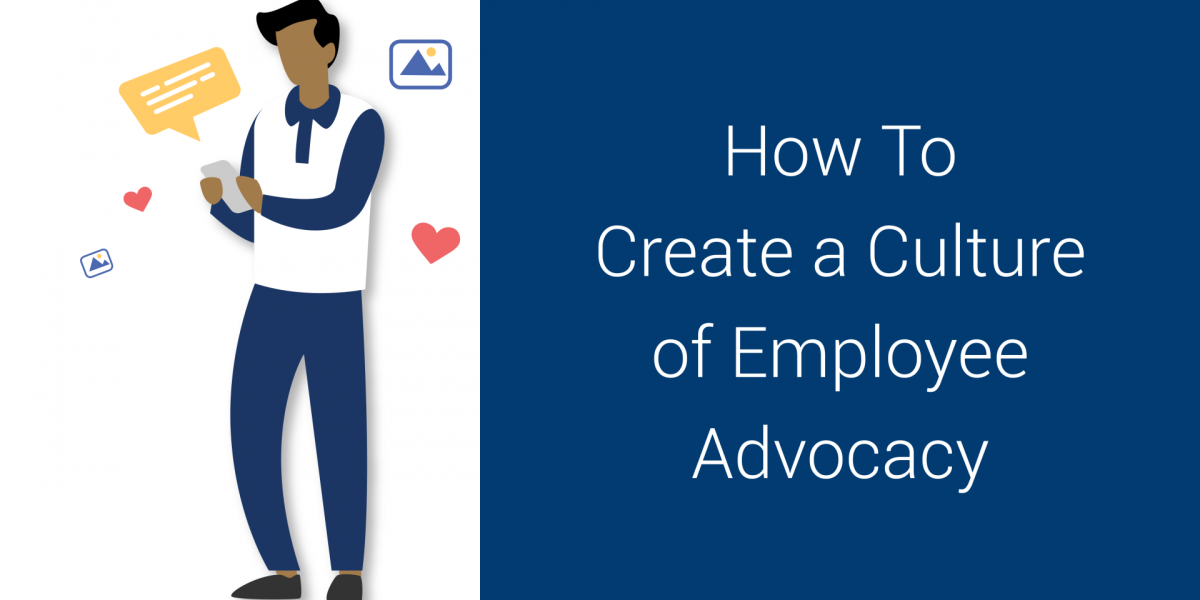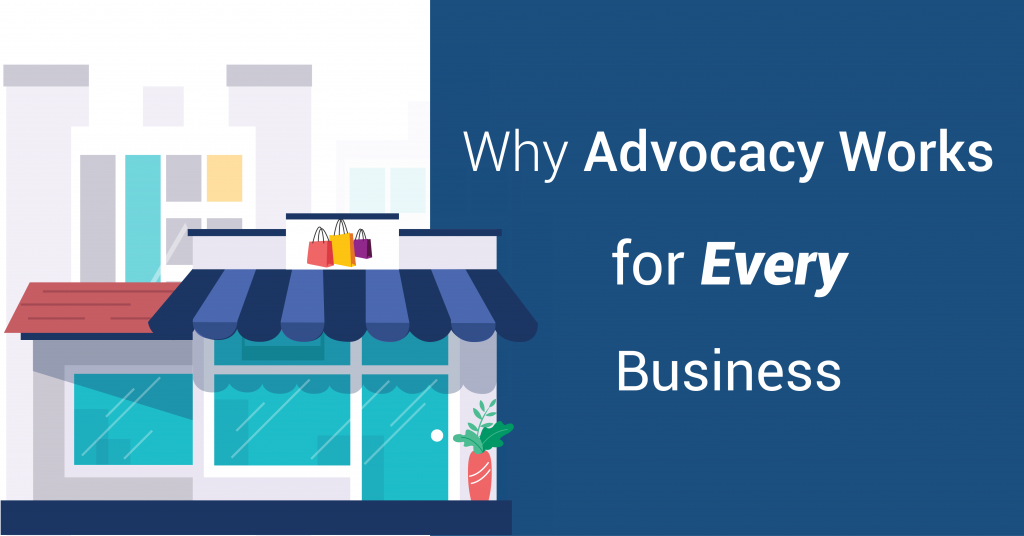People are using social media all day, every day, all around the world. As a small-business owner, you might be wondering how to reach the right people on different social media platforms. It all begins with creative, compelling social media content ideas.
And we’ve got plenty of them for you.
Why is it important to post great content, you ask? Statista reports, “In 2020, over 3.6 billion people were using social media worldwide, a number projected to increase to almost 4.41 billion in 2025.” The numbers are only growing, so it’s critical that you tap into opportunities to connect with your desired audience.
The way to do that is with content that’s memorable, informative, entertaining and even inspiring. That way not to do that is with content that’s forgettable, self-promoting, canned and even boring.
In the interest of helping you post the best content on your business social media pages, we’ve rounded up some of our best content ideas from previous blog articles — along with a few new ones to keep you busy. If you start posting this type of content regularly, and pair it with an advertising budget, you should see your follower and engagement growth start to climb.
Related: 31 Days of Social Media Content Ideas
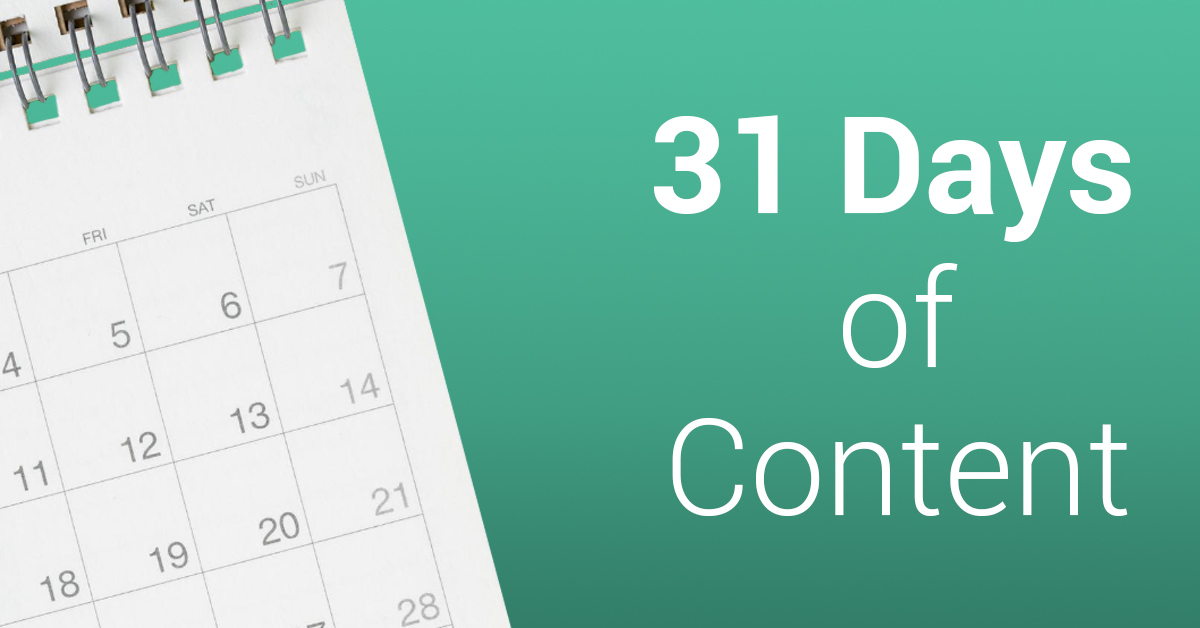
1. Team Member Spotlights
Whether it’s “Team member Tuesday” or any other day of the week, spotlighting your employees makes for great social media content. Ideas can include snapping photos of star employees and sharing a few fun facts about them, inviting your followers to share any testimonials about favorite team members, and filming videos with your team to ask for their product or service recommendations.
Not only do these spotlights help to generate engagement, but they also can help you share about your products or services in a non-promotional way. For example, having a team member recommend a top-selling product is a subtle way to promote your product without coming across as salesy.
2. Throwback Posts
You’ve heard of throwback Thursday, right? Try digging up old photos from your first days in business, or even of yourself before you even thought about going into business for yourself. Tell your followers who’s in the photo and what’s going on, and use the #tbt hashtag to spark conversations around the topic.
3. Holidays and National Days
Are there any holidays or “national” days, weeks or months happening right now? See National Day Calendar or Days of the Year for social media content ideas throughout the year. Look for opportunities to tie these days into your business, too. For instance, Relaxation Day on Aug. 15 is perfect for massage businesses or other companies focused on self-care.
You can also post about in-house birthdays, engagements, baby showers and other special events. Make it even more special by hosting a lunch for your team or sending flowers!
4. Pandemic Posts
Are you reopening after a closure, expanding your business with curbside and online shopping, or otherwise taking any special steps related to COVID-19? Be sure to share some details on any special services you’re offering or safety protocols you’re following during the pandemic.
5. A Day in the Life
Post pictures and photos showing what it’s like to run your business behind the scenes. Let your followers know what it takes to bring your products or services to life, including all the awesome team members who are a part of your business.
6. Personal Touches
What do you like to do when you’re not busy running your business? You’re probably busy all the time, but don’t forget to take a few moments every day to unwind — and snap some photos while you’re at it. Even if you just stop long enough to have a cup of tea and read a book, your followers will appreciate seeing how you “take five.”
7. Pets and Kids
While you’re at it, take some photos of your home life, kids, pets and neighborhood (if you’re comfortable doing so, of course). Rather not overshare? Take a photo of neighboring businesses you support, and give them a shoutout by tagging them.
8. Hashtags Galore
As mentioned above, hashtags can help to generate conversations around a certain topic. Look them up using the search feature or by viewing trending topics (especially on Twitter). You can also check out some of your favorite brands to see what kinds of hashtags they’re using for more inspiration.
9. Contests and Giveaways
A contest can be a great way to inspire many different social media content ideas and generate engagement around your brand. Make it specific to your brand, or to a certain holiday or time of year. For example, it could be as simple as filling a jar with chocolates and asking people to guess how many are in the jar around Valentine’s Day. The winner gets a special gift — maybe a free product or service.
Be sure to ask your followers to like the post, tag friends and share with their own networks. The post will get even more organic traction when your followers get in on the fun.
10. Sneak Peeks
What lies on the road ahead? Do you have special products or services launching soon? Are you remodeling or upgrading your location?
Give your followers a hint of what’s to come! Share any progress photos or a glimpse of all the exciting things ahead (without giving away competitive intelligence, of course).
11. Customer Testimonials
Let your customers do the talking by featuring their testimonials on your page. If possible, get a photo of them and post it along with their kind words.
12. Influencer and Employee Posts
When you have employees and influencers posting brand-approved assets on your behalf, you’ll never run out of social media content ideas. They can also promote your brand on their personal pages, helping to build confidence and trust among people who aren’t familiar with you.
As noted here, about half of employees in one Weber Shandwick study said they’re already posting messages, pictures or videos in social media about their employer. The Rallio Activate platform allows you to activate and incentivize employees and influencers to help spread awareness and reach for your brand. Schedule a no-obligation demo to learn more.
Related: 15 Holiday Content Ideas Every Marketer Needs in 2020
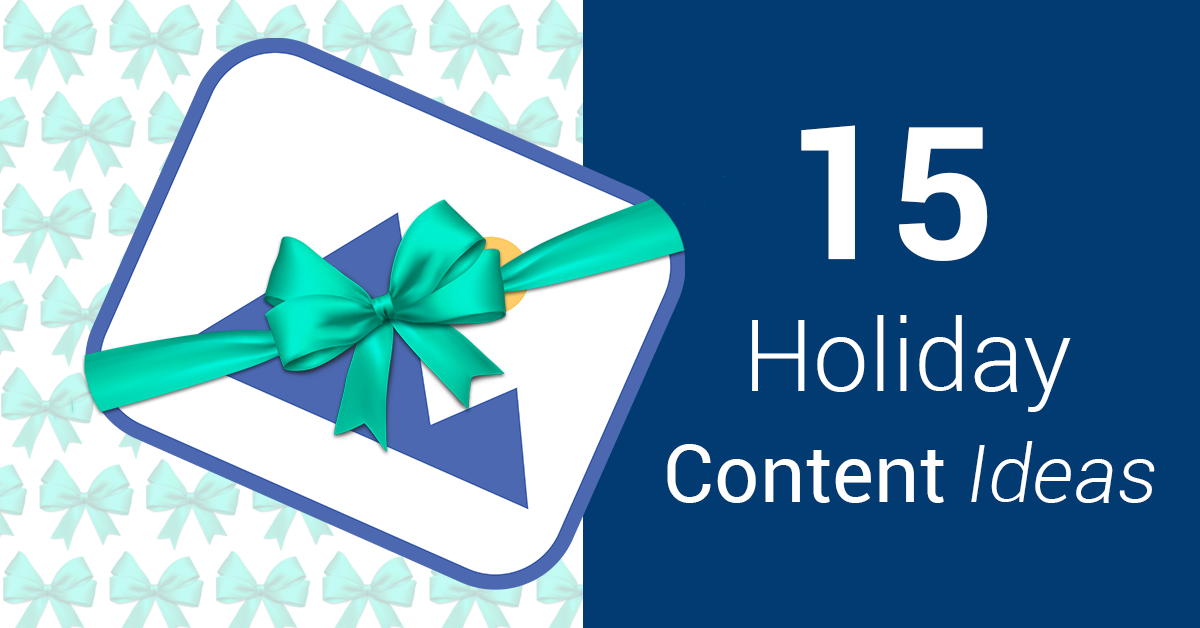
13. Entertainment Content
Invite any in-house musicians, singers, actors or other performance artists to create videos showing off their talents. With video content soaring in popularity, you can’t go wrong posting this type of fun, entertaining content for your followers.
14. Stories and Reels
Stories and Reels (Instagram’s answer to TikTok) will let you get creative with video content, too. Reach your audience in different ways by making yourself visible in these newer mediums.
15. Storytelling
Working on your storytelling skills is a surefire way to improve your social media. Think about the “story” behind any given post, and share those stories with your followers. For example, do you have a 90-year-old grandma who brings your team home-baked cookies? Or a mail carrier who goes above and beyond to deliver your mail? Feature these “unsung heroes” in your posts with a great story.
Go Beyond Social Media Content Ideas
Keep in mind, your work is not done once you post something to your social profiles. All the content ideas and social media posts in the world won’t mean much if you don’t engage with your followers. By engaging, we mean:
- Replying back to their social media comments, direct messages and reviews
- Boosting your content to make it more visible to followers and their friends
- Handling any customer service inquiries in a timely fashion (yes, social media is a customer service medium)
- Responding to job applications if you have an active recruiting campaign
- Basically staying on top of your social media 24/7
If all of the above sounds exhausting, and if even these content ideas seem overwhelming, feel free to schedule some time with us. We’d be happy to throw some ideas around of how Rallio can assist with your social media management.
